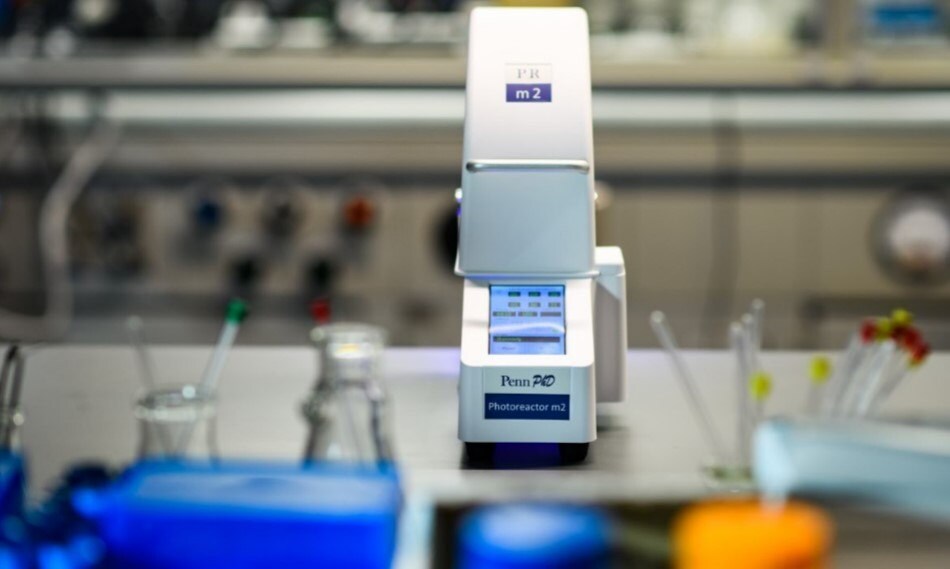Photocatalysis

Photoredox catalysis, or so-called visible light photoredox catalysis, has emerged as a powerful tool in organic synthesis, building upon the foundation set by early pioneers in the areas of radical chemistry and photochemistry. Photoredox chemistry forges new bonds via open shell pathways and facilitates the rapid assembly of complex products en route to new areas of chemical space.1-7 In the presence of visible light, photocatalysts can provide access to entirely new, previously inaccessible bond formations through a wide array of synthetic transformations including but not limited to cross-coupling, C–H Functionalization, alkene and arene functionalization, and trifluoromethylation.
The powerful nature of photocatalysis arises, in part, from the ability to activate readily accessible, simple starting materials via single electron transfer pathways to provide access to reactive open shell species under mild reaction conditions. Upon formation, these distinct open shell species can be engaged in a wide variety of radical trapping/quenching events to ultimately deliver high-value products.
Photocatalysis has been successfully employed by academic research groups, industrial chemists, and academic-industrial collaborations. These efforts have produced innovative methods, new synthetic disconnections, and have improved mechanistic understanding of photoredox pathways. For further details on photoredox catalysis, a helpful user’s guide has been created. User's Guide
Related Technical Articles
- The application of radical chemistry towards organic synthesis is well-developed and wide-reaching, though often hampered by a dependence on toxic radical initiators.
- Synthetic chemists’ interest in photocatalysis has grown dramatically over the last decade, with an increasing number of leading research groups contributing innovative new methods and applications for utilizing visible light in organic synthesis.
- The Photo KitAlysis Photoreactor Controller allows you maximum control of photocatalysis reactions.
- Csp2- and Csp-hybridized coupling reactions are established catalytic approaches. However, multi-step Csp3- and Csp2-coupling reactions of boronic acids and related derivatives are still limited by ineffective two-electron transmetalation reactions.
- While Markovnikov alkene reactivity is very well developed and utilized commonly in the synthesis of commodity and research chemicals, catalytic access to the anti-Markovnikov-selective adducts is a much less-developed endeavor.
- See All (7)
Related Protocols
- Materials and procedure Step-by-Step Guide for Photocatalysis High-Throughput Reaction Screening Kit
- See All (2)
References
To continue reading please sign in or create an account.
Don't Have An Account?